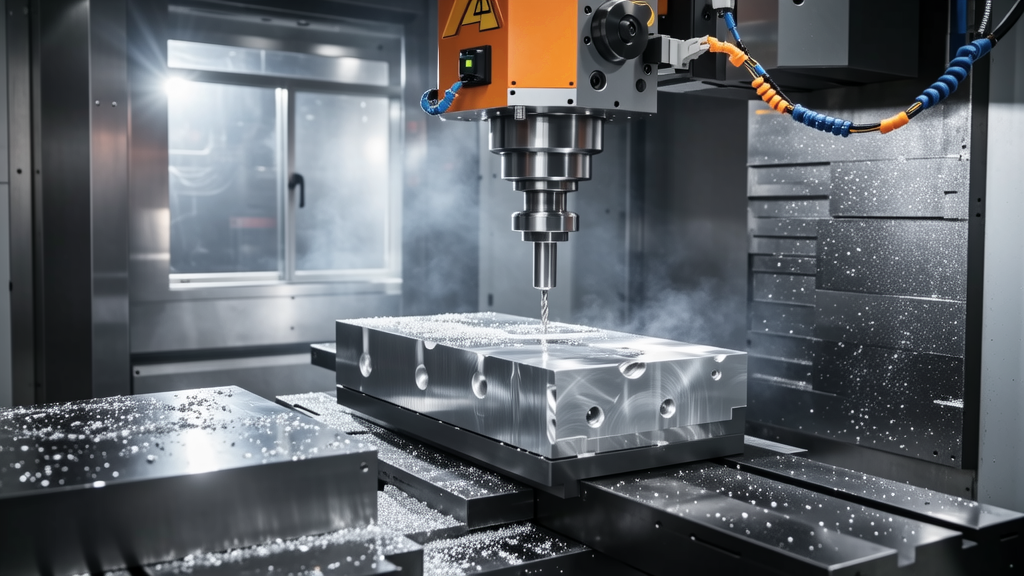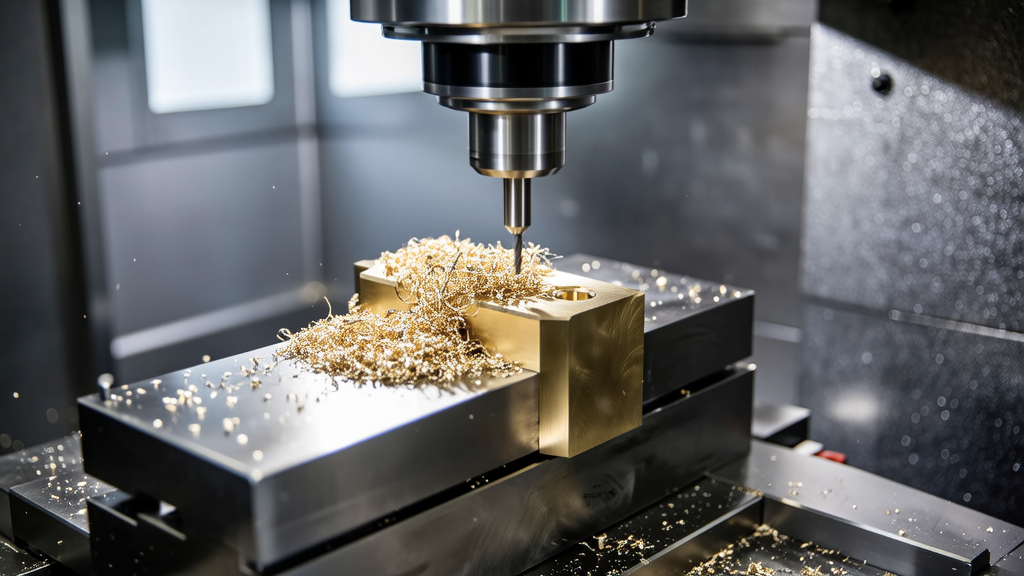Cost Analysis
Material Pricing
Aluminum is usually more expensive per pound than steel, but it’s essential to consider the total project cost. Aluminum’s lightweight nature can lead to lower shipping costs and easier handling, which can save money in logistics. On the other hand, steel is more affordable upfront, often making it a tempting option for tight budgets. However, if you need lighter components for efficiency, aluminum might be worth the extra cost.
Machining aluminum typically requires less power than machining steel due to its softer properties. For that reason, you can often complete machining quicker, potentially reducing labor costs. In my experience, many clients have reported faster turnaround times with aluminum parts, resulting in savings that can offset the higher material cost.
Performance Factors
Durability and Maintenance
Steel is generally stronger and more durable than aluminum, which might make it the better option for heavy-duty applications. If you’re producing components that need to withstand notable stress or if corrosion is a concern, consider how each material performs under specific conditions. I once helped a friend who was manufacturing parts for a marine environment; we quickly decided on aluminum due to its resistance to rust.
Weight Considerations
It’s also important to think about weight. If you’re designing for mobility or transportability, using aluminum can lead to significant advantages. I worked with a company that needed portable CNC parts, and switching to aluminum reduced their equipment weight by nearly 30%, which in turn enhanced their overall product usability.
Long-Term Investment
Lifecycle Costs
When evaluating cost-effectiveness, don’t just consider initial costs — think about lifecycle costs too. Aluminum may cost more to fabricate initially, but its longevity and low maintenance can often yield lower replacement rates over time. Steel might have a lower upfront price but could incur higher costs throughout its lifespan due to corrosion or required replacements.

Market Trends and Future Outlook
Industry experts have often pointed out that aluminum usage in manufacturing is projected to rise, mainly due to its sustainable properties and recyclability. Down the line, as companies strive for sustainability, investing in aluminum could position businesses to align with future market trends and regulatory requirements.
| Material | Initial Cost | Machining Cost | Lifespan | Corrosion Resistance |
|---|---|---|---|---|
| Aluminum | Higher | Lower | Medium | Excellent |
| Steel | Lower | Higher | Longer | Good |
Choosing between aluminum and steel for CNC machining really depends on your specific project needs. I advise you to weigh the pros and cons in terms of cost, speed, performance, and future needs. This way, you can make an informed decision that won’t just save you money upfront but also in the long run. If you have any further questions or want to share your experiences, feel free to reach out!
What are the main cost differences between aluminum and steel for CNC machining?
Aluminum tends to be more expensive per pound than steel, but when considering the total project cost, the price difference can vary. Aluminum’s lightweight nature can reduce shipping costs and labor expenses during handling, which is beneficial for tight budgets.
Steel usually has a lower initial cost but might require more energy to machine, leading to higher machining costs overall. So, while steel may look cheaper upfront, aluminum can save you money in the long run based on logistics and handling efficiency.
How do the machining costs of aluminum compare to steel?
Machining aluminum typically requires less power and time compared to steel, which can translate to lower labor costs. I’ve noticed in previous projects that manufacturers often see quicker turnaround times with aluminum parts, which boosts productivity and can offset any higher material costs.

Steel, while often cheaper to source, can incur higher machining expenses due to the harder material requiring more resources to process. Therefore, even if steel seems the more cost-effective option at first glance, the overall costs can be quite comparable or even higher.
Which material is better in terms of performance factors for CNC machining?
When it comes to performance, steel generally offers greater strength and durability, making it ideal for heavy-duty applications. Aluminum, however, shines in terms of weight efficiency and corrosion resistance. For example, when creating portable components, aluminum’s lightweight characteristics can lead to significant advantages.
If you’re crafting parts that require resilience and longevity, steel might be the go-to material. But for projects needing lightweight and rust-resistant materials, aluminum could be your best bet.
What are the long-term investment considerations when choosing between aluminum and steel?
Long-term investment decisions should consider both initial costs and lifecycle costs. Aluminum may be pricier at the beginning, but it often lasts longer and incurs lesser maintenance costs compared to steel. For projects that demand durability and low upkeep, aluminum usually pays off better in the long run.
On the flip side, while steel might save you money upfront, you could face higher replacement and maintenance expenses throughout its lifespan due to corrosion issues. Thinking ahead about the total costs can really help you make the right choice.
Are there specific applications where one material is preferred over the other?
Certain applications benefit uniquely from each material. For instance, in aerospace and automotive industries where weight is crucial, aluminum is frequently the material of choice due to its reduced shipping costs and ease of handling.
Conversely, in sectors requiring heavy machinery or structural components, steel tends to dominate because of its strength and durability. The choice often depends on the specific needs of your project, so evaluate your requirements carefully before deciding.








